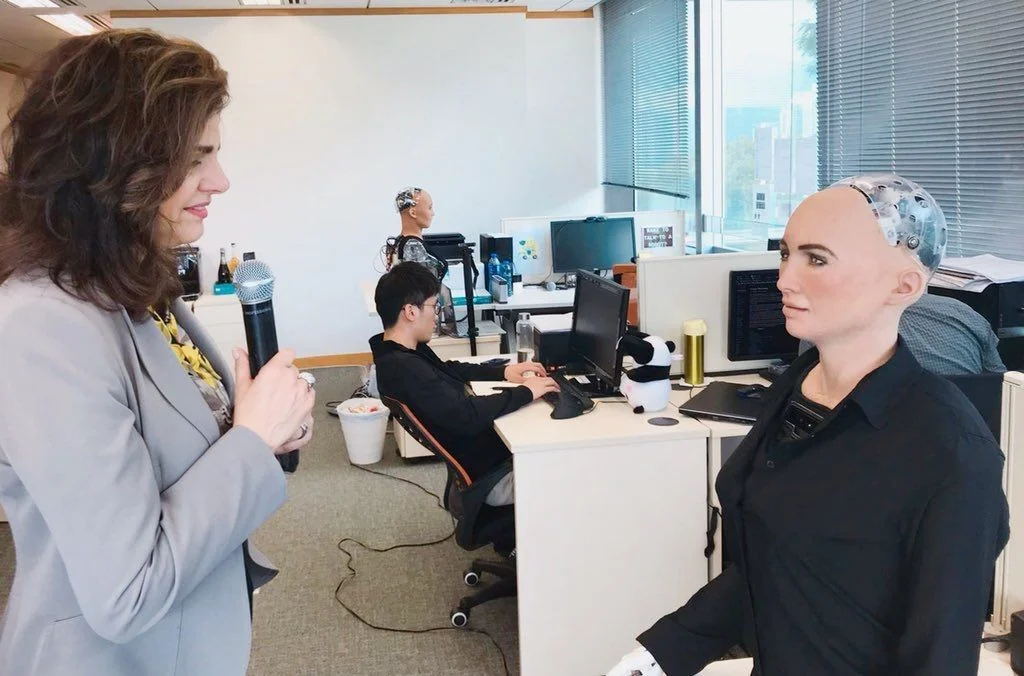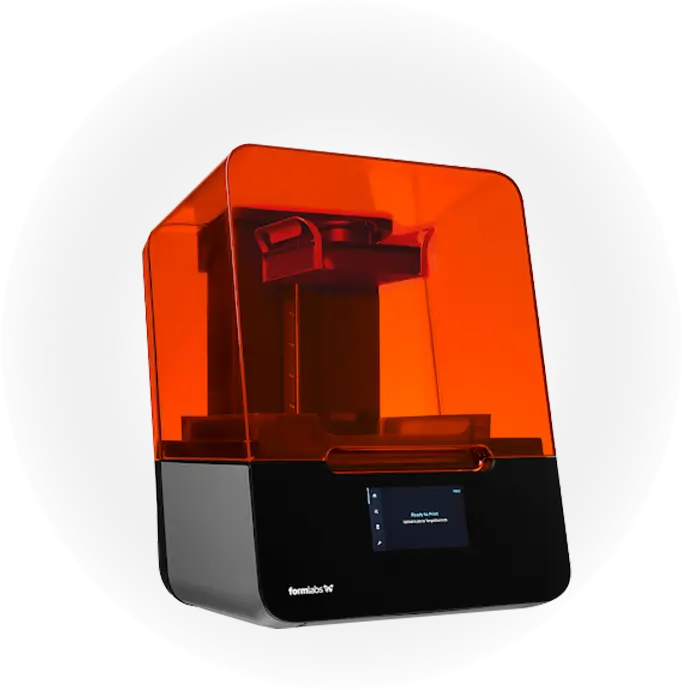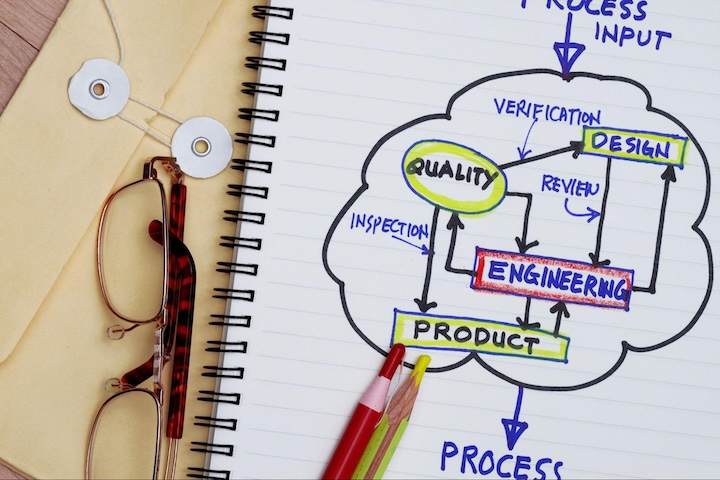Time to read: 2 min

According to Adam Jonas, a top analyst at Morgan Stanley, the opportunity for humanoid robots is even bigger and faster in terms of adoption than autonomous cars, he outlines in a new 10-page note on $TSLA. He also expects a greater amount of capital to be invested in the humanoid market. Tesla is considered to be at the center of this theme, and investors may need to update their excel models accordingly.
This market has fascinated me since a trip to Hong Kong in 2018 to visit Sophia in the Hanson Robotics Lab. I couldn’t get over the motor skills including head and arm movement. And knew right then these things were going to deliver a ton of value in so many applications. Fast forward to 2024 and at Fictiv I get to see this technology making huge strides and get to work with innovative leaders like Apptronik in this field.
Anyway Adam’s estimation for the addressable market for humanoid robots is $30 trillion. In his US TAM model, he predicts that the cumulative or installed base of humanoid units will reach 8 million by 2040, resulting in a $357 billion wage impact. By 2050, he expects the number of humanoid units to reach 63 million, with a $3 trillion wage impact.
Adam believes that humanoid robots will reach commercialization faster than autonomous vehicles due to the variability and safety concerns associated with AVs in a real-world environment. On the other hand, humanoids can learn and operate within a geo-fenced domain like a closed work cell in a warehouse or factory. Despite having more physical outputs, the challenges faced by autonomous vehicles, such as operating in difficult domains, safety concerns, and regulatory scrutiny, delay their adoption curve compared to humanoids, in Adam’s view.
Pretty exciting stuff and it goes a long way in debunking the myth that robots will take jobs away. Ya…well except the jobs nobody wants maybe?
Speaking of jobs if you love helping companies in these industries and looking for an exciting career, check out our career section at www.fictiv.com










